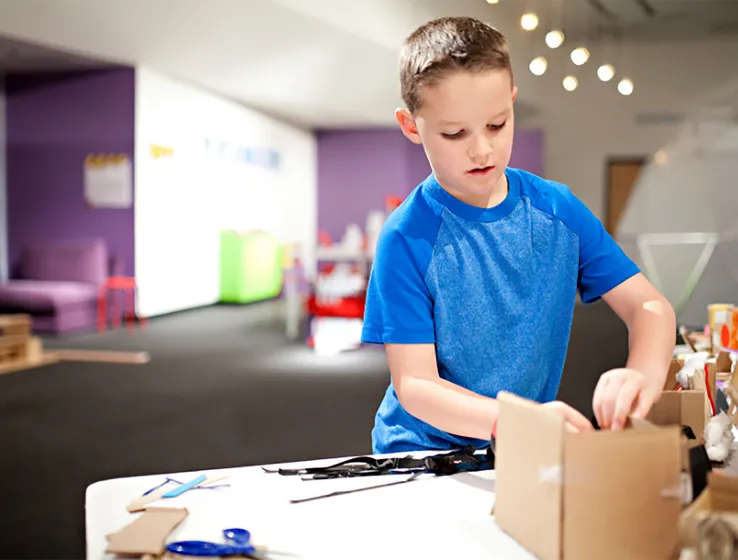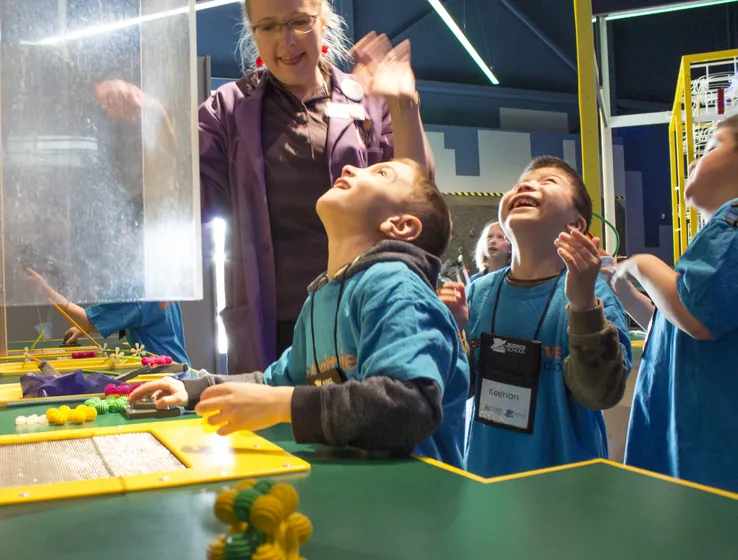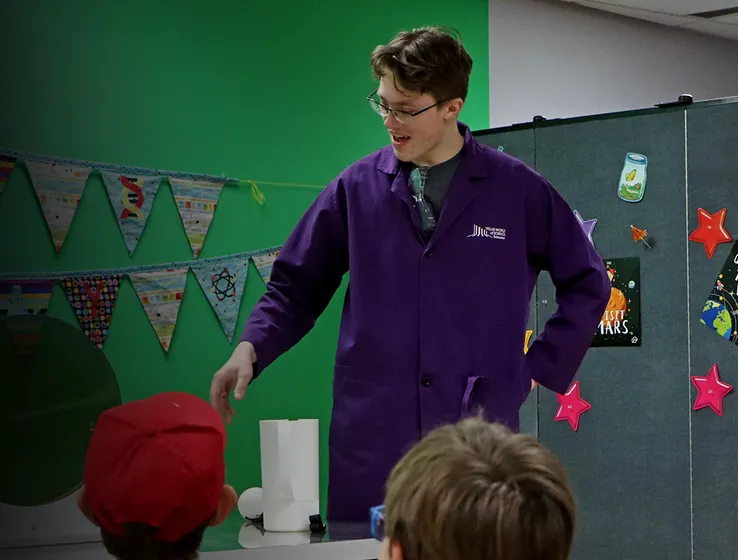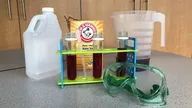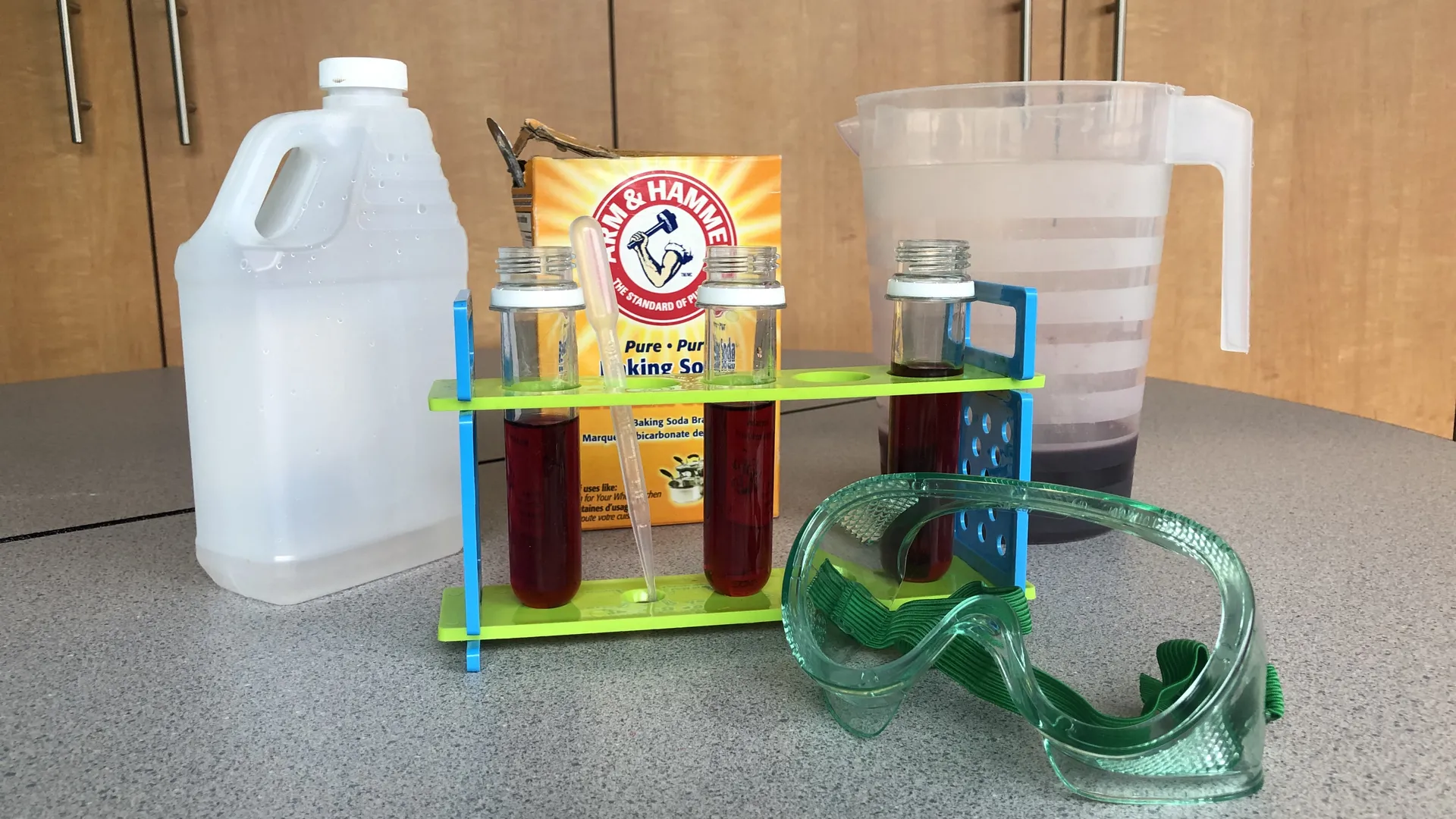Chemistry for Kids
Posted:
Fun, quick chemistry experiments with young children!
Written by Samantha Marion, Staff Scientist
What you need:
- Grape juice
- White vinegar
- Baking soda
- Drinking glasses
- Spoon
What to do:
Pour about ¼ cup of grape juice into a glass.
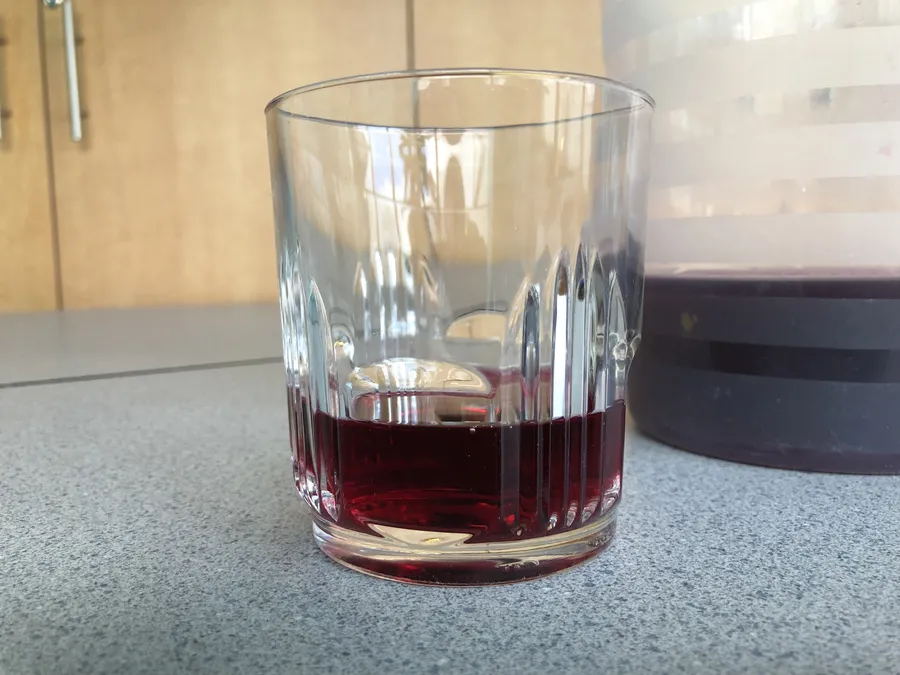
This grape juice is a dark red colour.
Add about ½ teaspoon of baking soda to the grape juice. What happened? Here, it may help to have a second glass of plain grape juice to compare.
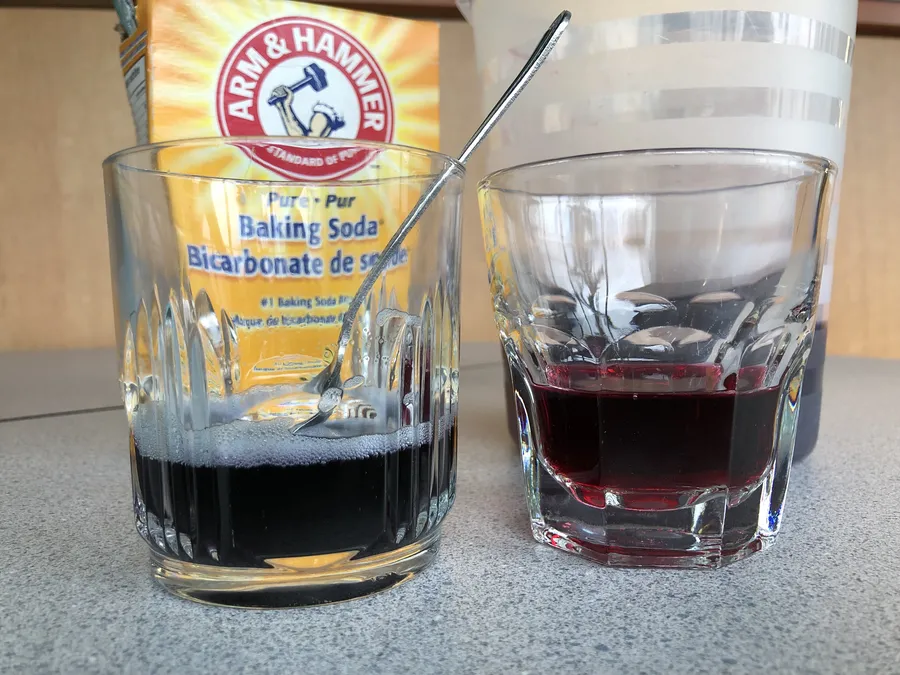
Baking soda has been added to the glass on the left, turning the grape juice a dark blue colour. The glass on the left, which contains regular grape juice, is still dark red.
Now add a couple splashes of vinegar to your mixture. What happened?
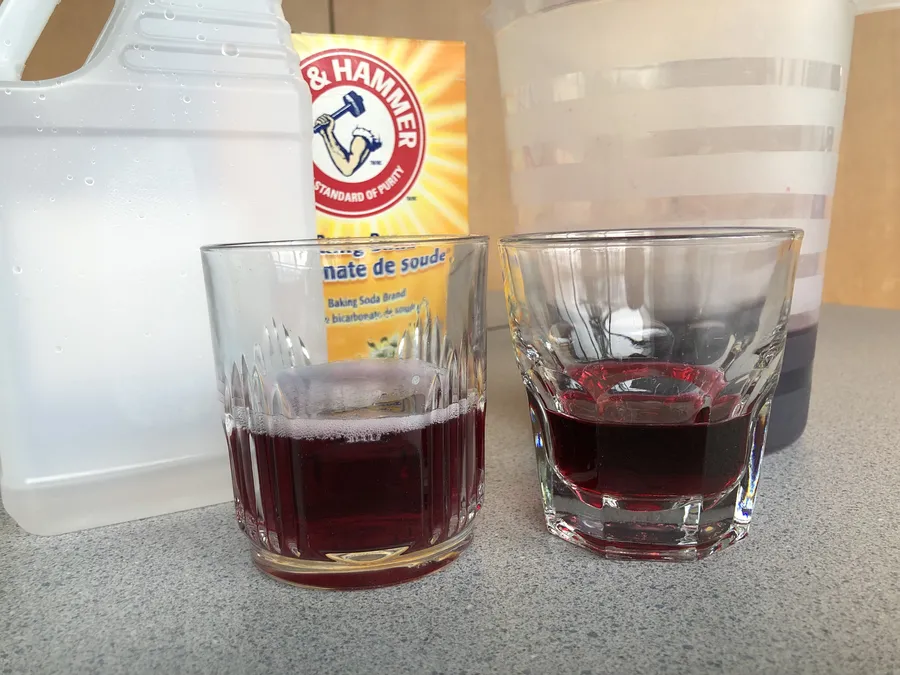
The glass on the left is back to a dark red colour!
What’s going on?
Grape juice is an indicator – it changes colour depending on whether it’s mixed with an acid or a base. Many children are familiar with the term acid and may think that all acids are dangerous. However, there are many acids that are perfectly safe – vinegar is one example. A base is the opposite of an acid. When we add a base (baking soda) into the grape juice it changes to a blue colour. Then, since acid is the opposite of a base, adding vinegar ‘cancels out’ the baking soda and turns the grape juice back to its original colour. When vinegar and baking soda react, they also make bubbles!
Want more?
There are other common, safe acids and bases found around the house. Try adding dish soap to see if it is an acid or a base. Does lemon juice cancel out the dish soap? What about laundry detergent and Sprite?
Here at TELUS World of Science - Edmonton we do this experiment using plastic test tubes and pipettes. In this setting, young children can role-play being a chemist while practicing their fine motor skills.
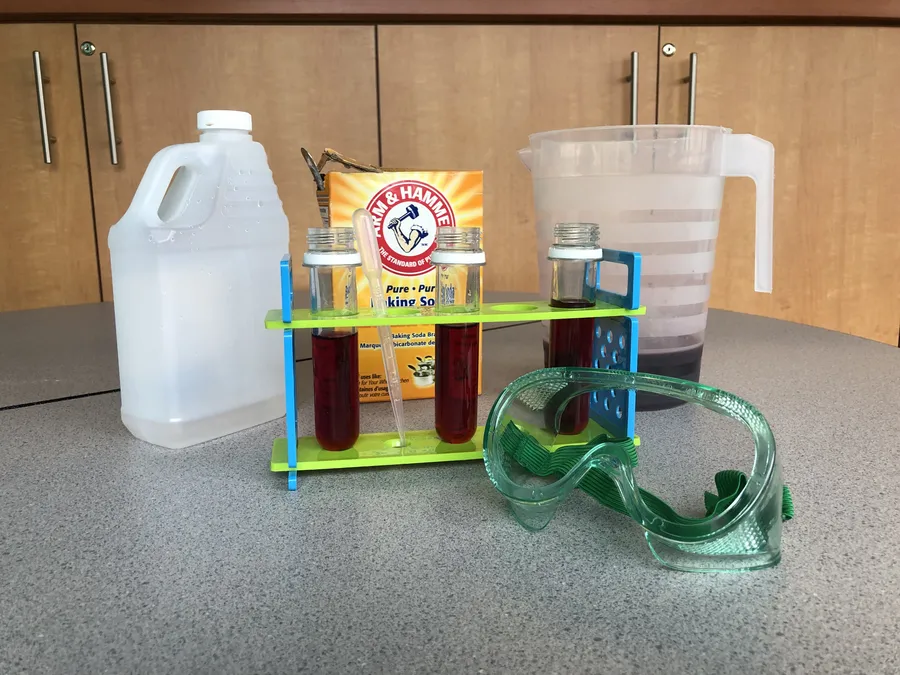
A photo of the supplies we used for this experiment, including safety glasses.
Related Articles


Food Chain Reactions
How Climate Change is Impacting Canada's Lakes


It Is Ice to See You
How Seasonal Connections Are Affected by Climate Change


Getting to the Core of Climate Change
A Look at How Refrigerants Are Affecting Our Environment through Ice Cores
Related Articles


Food Chain Reactions
How Climate Change is Impacting Canada's Lakes


It Is Ice to See You
How Seasonal Connections Are Affected by Climate Change


Getting to the Core of Climate Change
A Look at How Refrigerants Are Affecting Our Environment through Ice Cores
